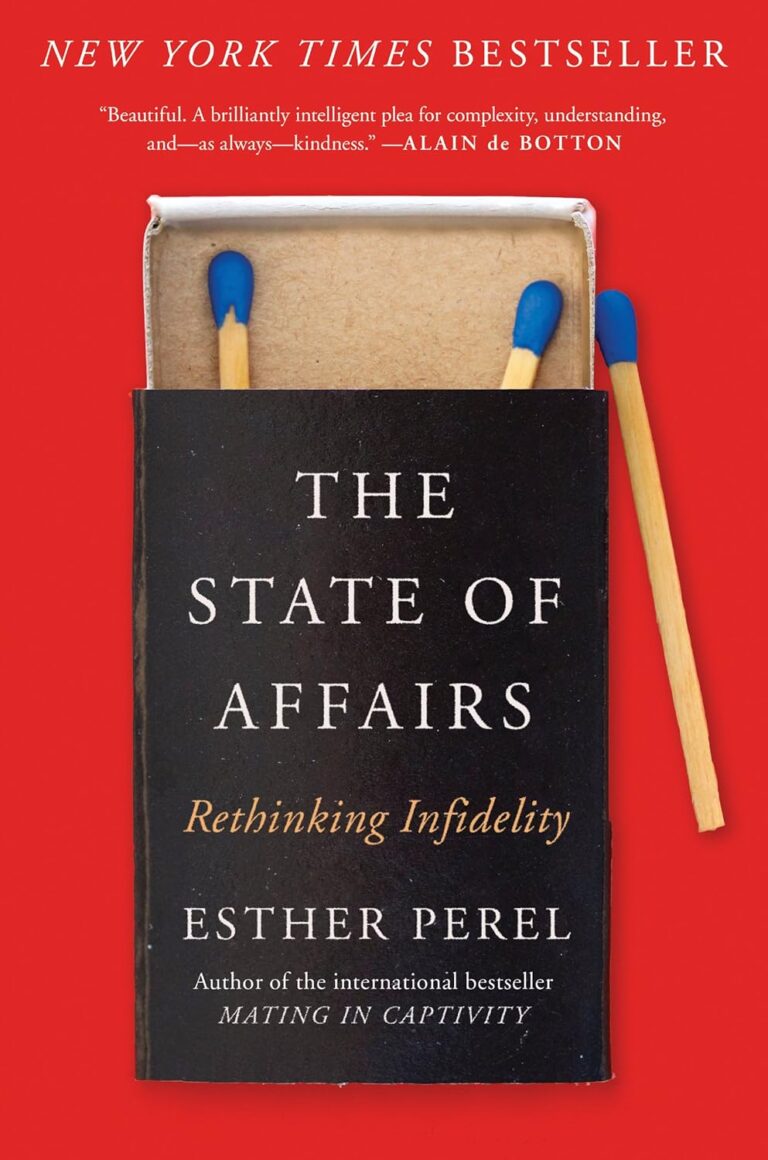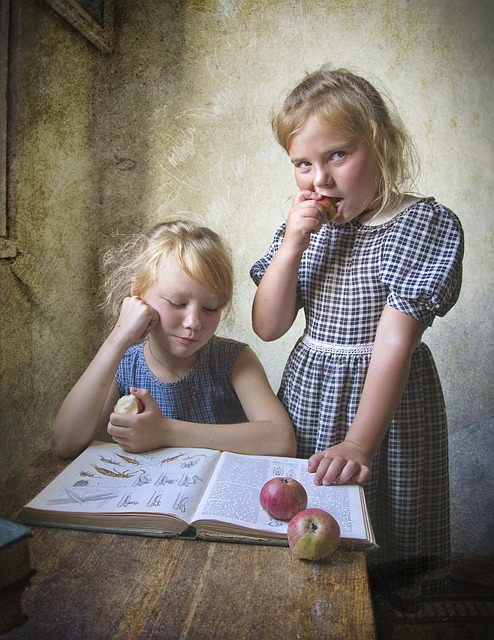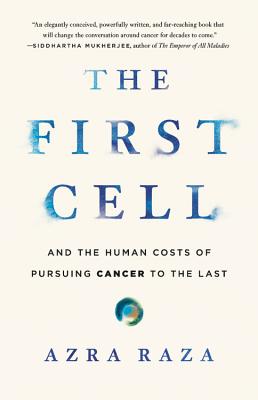Dr. Azra Raza’s The First Cell: And the Human Costs of Pursuing Cancer to the Last is a deeply personal and profoundly insightful exploration of the current state of cancer treatment. As an oncologist, researcher, and caregiver, Raza takes readers on a journey that intertwines cutting-edge science with the raw, emotional realities of patients battling cancer. This book is both a critique of modern oncology and a call for revolutionary change in how cancer is approached.
In this article, we’ll summarize the key themes, insights, and calls to action from The First Cell while reflecting on its unique perspective.
The First Cell: An Urgent Call for Change
Dr. Azra Raza introduces a provocative idea that challenges the status quo: instead of focusing almost exclusively on treating advanced cancer, the scientific community should shift its focus to detecting and targeting “the first cell,” or the earliest stages of cancer. Raza asserts that the current methods of treatment, primarily chemotherapy, radiation, and surgery, are not only outdated but also cause immense suffering without significant improvement in patient outcomes.
By targeting cancer at its inception, she believes we can transform cancer care from reactive to proactive, sparing millions from the physical, emotional, and financial tolls of late-stage treatment.
Human Costs: The Real Stories Behind the Statistics
One of the most compelling aspects of the book is its emphasis on the human costs of pursuing cancer treatment “to the last.” Raza highlights the suffering of patients and their families through poignant personal anecdotes. She shares heartbreaking stories of individuals, including her own husband, who succumbed to the disease despite receiving aggressive treatments.
These stories bring to life the emotional devastation caused by cancer and its treatment, serving as a stark reminder that behind every statistic lies a human being enduring pain, fear, and loss.
A Critique of the Cancer Industrial Complex
Raza doesn’t hold back when addressing the systemic issues within what she calls the “cancer industrial complex.” She critiques the pharmaceutical industry and research institutions for prioritizing profits over patients. Billions of dollars are poured into developing new drugs that marginally extend life, often at great expense, while little is done to innovate methods for early detection and prevention.
She argues that this misallocation of resources reflects a larger issue: the focus on treating the symptoms of cancer rather than its root cause. This system, she claims, has stagnated progress and perpetuated suffering.
The Promise of Early Detection: Why The First Cell Matters
The title of the book, The First Cell, encapsulates Raza’s central thesis: the key to defeating cancer lies in understanding and targeting its earliest forms. Raza advocates for a paradigm shift in cancer research, emphasizing prevention and early intervention over treating advanced stages.
Her vision includes developing technology and biomarkers that can detect cancer long before it becomes clinically apparent. This approach, she argues, would save lives, reduce suffering, and cut the astronomical costs associated with late-stage treatment.
Hope Amidst Critique: A Vision for the Future
Despite her critique, Raza’s book is ultimately one of hope. She highlights promising advances in cancer research, including liquid biopsies, artificial intelligence, and personalized medicine. These innovations, if supported and prioritized, could pave the way for a future where cancer is caught early and treated effectively.
Raza also calls for a more humane approach to care, advocating for treatments that prioritize quality of life over merely extending it. She believes that a patient-centered approach, coupled with scientific innovation, can create a new era in cancer care.
A Personal Journey Interwoven with Science
Raza’s writing is uniquely powerful because it blends the professional with the personal. As a researcher and oncologist, she provides an expert analysis of the state of cancer care. But as a widow who lost her husband to leukemia, she offers an intimate perspective on the emotional toll of the disease.
This dual lens makes The First Cell both deeply informative and profoundly moving, resonating with medical professionals, patients, and anyone affected by cancer.
Why The First Cell Is a Must-Read
The First Cell is not just a book for scientists or medical practitioners—it’s a book for anyone who wants to understand the human and systemic challenges of cancer care. Raza’s candid storytelling and incisive critique make it a compelling read, while her vision for the future offers hope for change.
If you’re looking for a book that blends science, humanity, and a call to action, The First Cell is a powerful and thought-provoking choice.
FAQs
What is the main message of The First Cell?
The book advocates for a paradigm shift in cancer research, emphasizing early detection and prevention over treating advanced cancer stages.
What does “the first cell” refer to?
It refers to the earliest detectable stage of cancer. Raza argues that targeting cancer at this stage is key to reducing suffering and improving outcomes.
What are the human costs discussed in the book?
The book highlights the emotional, physical, and financial tolls of late-stage cancer treatments on patients and their families.
What solutions does Raza propose?
She calls for investment in early detection technologies, patient-centered care, and a focus on prevention rather than reactive treatment.
Who should read The First Cell?
Anyone interested in understanding cancer care, including patients, caregivers, medical professionals, and policymakers, will find value in this book.
Why does Dr. Azra Raza criticize current cancer treatments?
She believes that treatments like chemotherapy and radiation cause immense suffering without significantly improving survival rates and that they fail to address cancer’s root causes.
Conclusion
Dr. Azra Raza’s The First Cell: And the Human Costs of Pursuing Cancer to the Last is a groundbreaking book that challenges conventional approaches to cancer treatment. By combining personal stories with scientific insights, Raza makes a compelling case for prioritizing early detection and prevention. Her vision offers hope for a future where cancer care is more humane, effective, and accessible.
If we are to truly make progress in the fight against cancer, it’s time to rethink our strategies and focus on the first cell.










